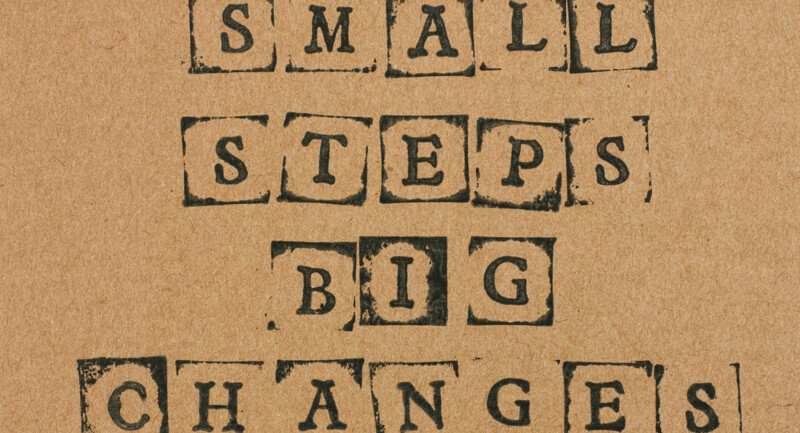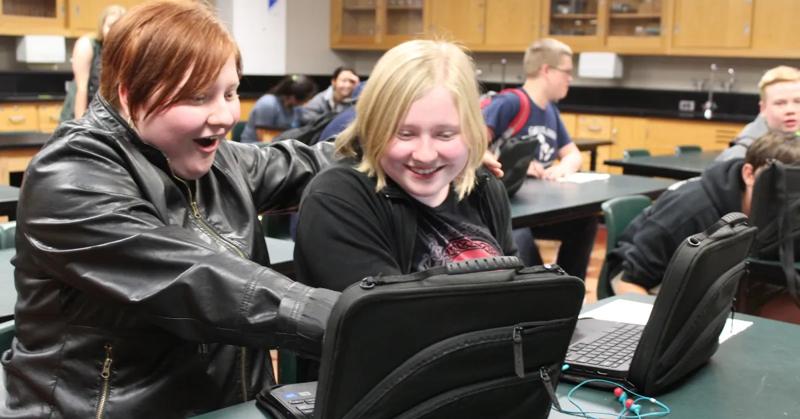Jess high-fived her teacher. She had just mastered the skills for Level U reading, which included demonstrating the ability to predict, summarize, and infer from text. She was ready to move onto the next level, V (critiquing and synthesizing text), but first her learning milestone was celebrated by everyone in the class. While it was just one step forward, honoring Jess’s progress mattered in huge ways. Jess, who moved to the U.S. four years ago, learned English later than most of her peers and has been trying to catch up ever since. Pausing class to enjoy incremental victories, or small wins like this, can give a much-needed boost to students’ confidence and motivation.
Small Wins, Big Payoffs
Celebrating “small wins” in the workplace is (or at least should be) nothing new for adults. Yet little has been written about how small wins benefit students, especially our most disadvantaged students. Building our students’ sense of self-efficacy in schools matters more than ever, as we dig out of a once-in-a-lifetime pandemic that has widened existing equity gaps.
Students like Jess, already in need of support, had the largest barriers to overcome during virtual learning. This is unacceptable and must be offset now that we’re back in person. But how? One efficient and effective way to both motivate students and work toward mitigating learning gaps is to help learners like Jess systematically track and note their own small wins.
Consider this from a classroom-practice perspective: Most teachers have access to a large inventory of online tools that allows them to assess student responses, in quick, targeted bursts. What about using these tools, like Kahoot!, to present visible progress markers to the learners themselves? Chunking a student’s progress in this way puts their goal just outside their comfort zone.
Think about a student feeling overwhelmed about mastering a skill, such as writing a four-paragraph persuasive essay. If a student simply looks at accomplishing this end goal, it can feel out of reach. Yet breaking down the steps into increments—develop an idea, write a sentence, build a paragraph, and so on—allows the learner to build on one small achievement after another.
In The Rise of Superman (New Harvest, 2014), Steven Kotler considers the sweet spot to be where the task is hard enough to make us stretch but not so tough that it causes us to snap, a value he ascribes numerically at four percent. This single-digit approach illustrates that a goal must be close enough that it can be achieved—but at least four percent more challenging than our skill set. And eventually, this four percent can become eight percent, and 16 percent, and so on. Stretching our students in these gradually increasing increments is not only possible for us, but also motivating for them.
Teachers can easily access student progress markers using formative assessment via an introductory “do now”, exit activities, and midpoint checks. For example, tech-related gamification—the application of common features of game playing to learn (e.g., point scoring, competition with others, rules of play)—encourages students to focus on making incremental progress toward targeted goals. Teachers can use these online tools to track student progress, access data points, and mark milestones, jointly with the child. This can best be accomplished through brief 1:1 conferencing, while other students are working independently.
By sharing a child’s progress in this way, we can help them literally see their growth. They visualize their academic progress in a fun way, like a stock market trend, moving in an imperfect yet upward curve.
This may sound like basic psychology. It is. That is the power of the small wins framework. It is straightforward and convincing. Students like Jess participate in their own progress monitoring, which empowers them to be active and accountable in their personal success. Data presented toward progress can encourage even the most reluctant learners to improve.
As we dig out of the pandemic, both a challenge and an opportunity lay before us. We must help children like Jess build on their successes so they can be the best version of themselves.








